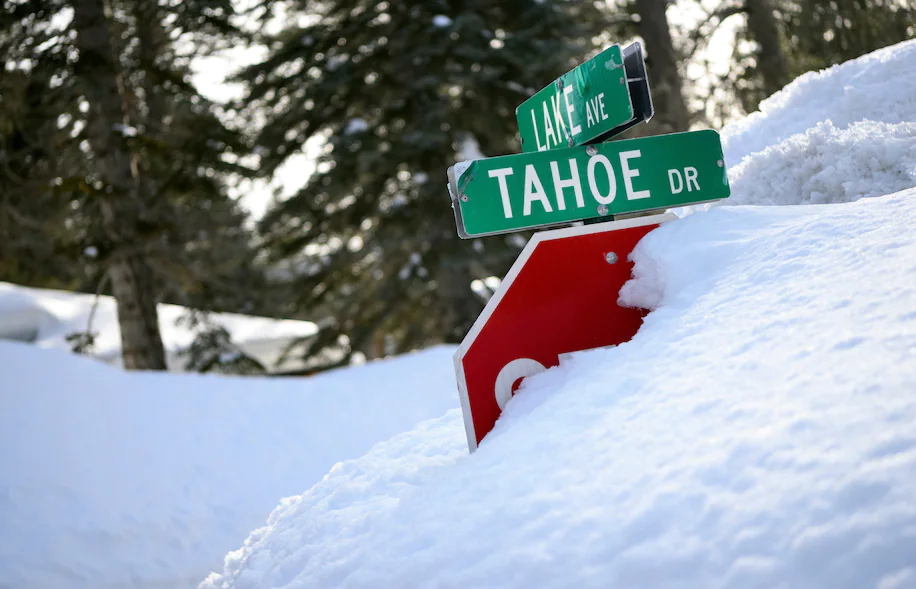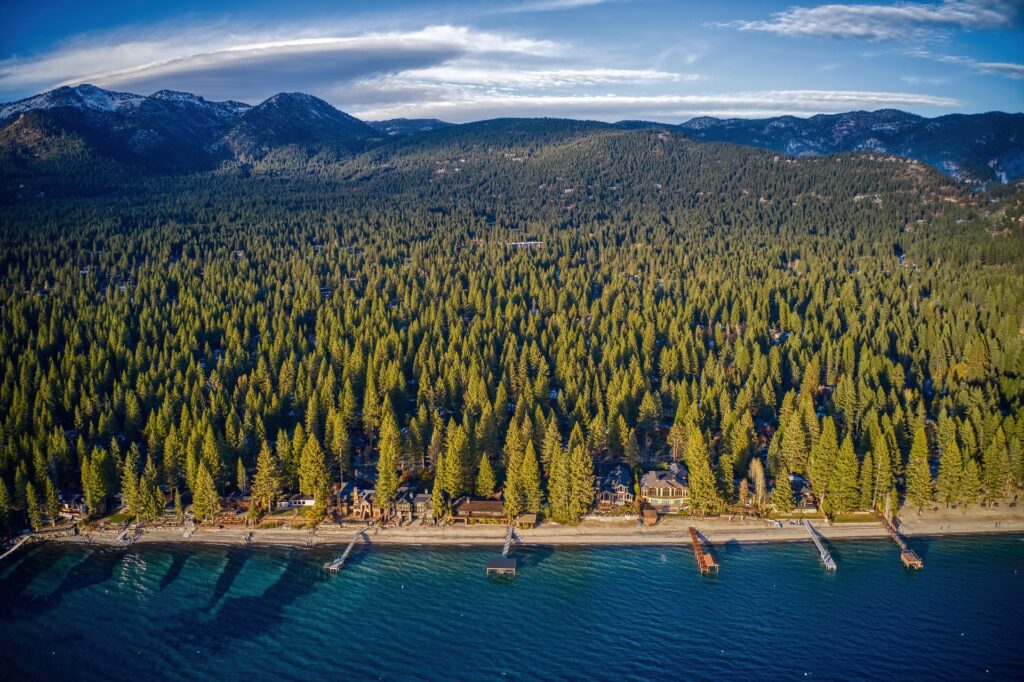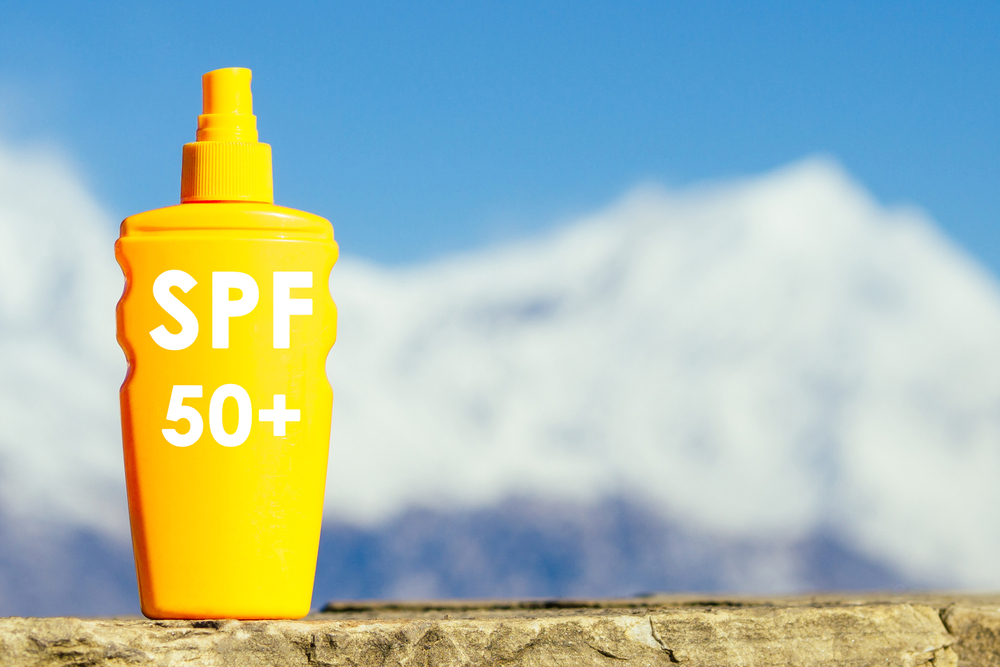After several consecutive years of drought in the Western US, a surprisingly epic snow year appears just after the holidays bringing much needed precipitation to the Lake Tahoe basin. In fact just on January 1st alone Tahoe’s lake level rose over 2 inches due to the New Years snow storm.
To date the Tahoe region has received almost twice the amount of snow as an average year and with many more weeks of winter to come we are on track to possibly challenge a historic record set in 1952 of over 66 feet of snow—in any case we have already officially had more snow than any other big winter since 1970–over a half-century!
Just following the holidays Northern Nevada was hit with a succession of nine storms resulting from “atmospheric rivers”—ultimately (and counter-intuitively) caused in part by global warming i.e. warmer planet evaporating more water into the atmosphere. We then had a short drying in February before another onset of cold storms that even dusted parts of Southern California.
Currently both the Berkeley Snow Lab and Lake Tahoe’s Palisades Ski Resort are reporting up to 46 feet of snow so far for the season, with more storms projected in the coming week. The current snow pack is being classified as cold-packed, meaning that it should persist into springtime, however warmer, wetter storms that are being predicted will threaten that snow pack and possibly cause flooding issues for the Lake Tahoe area.
Even with all of this snow pack and potential risk of flooding officials still have not declared an end to the drought— major California reservoirs are still not full, most are nearing 96% of average. Not to say it won’t happen that the declaration will ultimately be made, but more to show just how deep into drought we have been.
In spite of this “not out of drought yet” sentiment our beautiful Lake Tahoe is only about five feet from exceeding its maximum rim of 6,229 ft.. For reference, between December 15th and January 15th of this year the lake level rose from 6,222 ft to 6,224 feet— two whole feet, 177 acre feet of water added to the lake in a month! What would exceeding its rim mean for Lake Tahoe? It has nearly happened in recent times back in 2017, and aside from the obvious reduction of beach real estate, higher water levels can bring some positives— cooler water temperatures near the shoreline for one which will typically inhibit algae growth and enhance water clarity.
However if lake level exceeds its natural rim of 6,223 feet and hits or surpasses its maximum level of 6,229 ft landscape erosion becomes an issue. Flooding and rain can bring sediment into the crystal clear waters of Lake Tahoe from any or all of the 63 tributaries that feed into Tahoe and temporarily impact overall water clarity.
As of today March 5th, Tahoe’s lake level is 6,224.72 ft., already past its natural rim—with less than five more feet to go it’s all eyes on our Ocean in the Sky.



